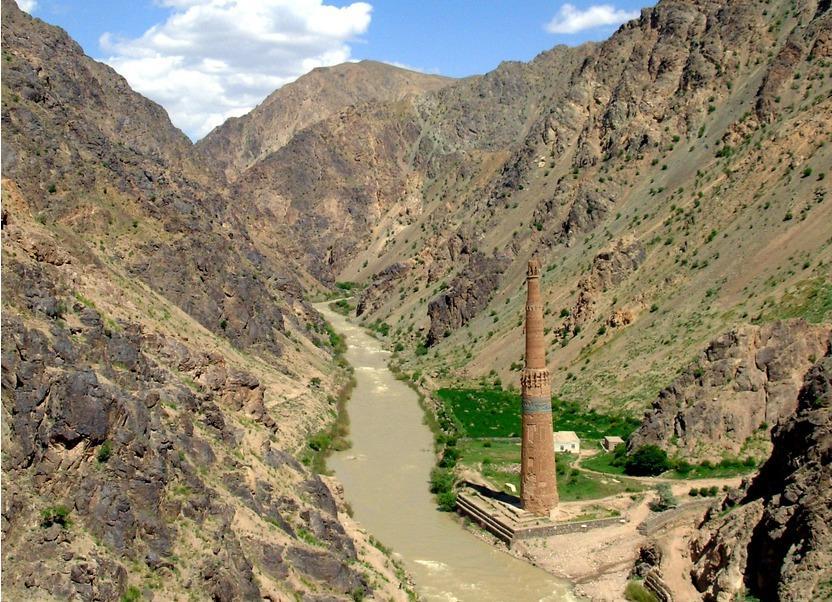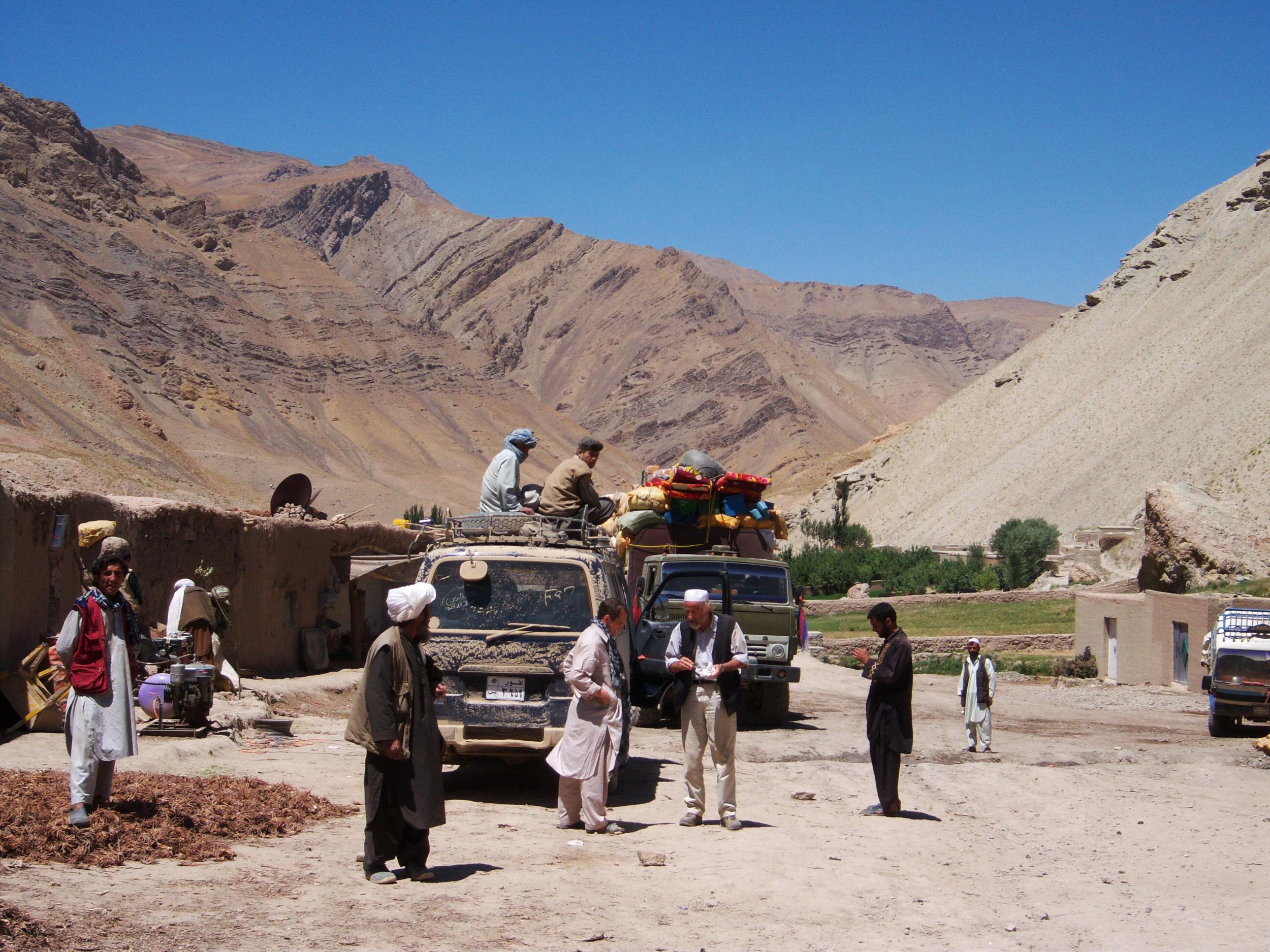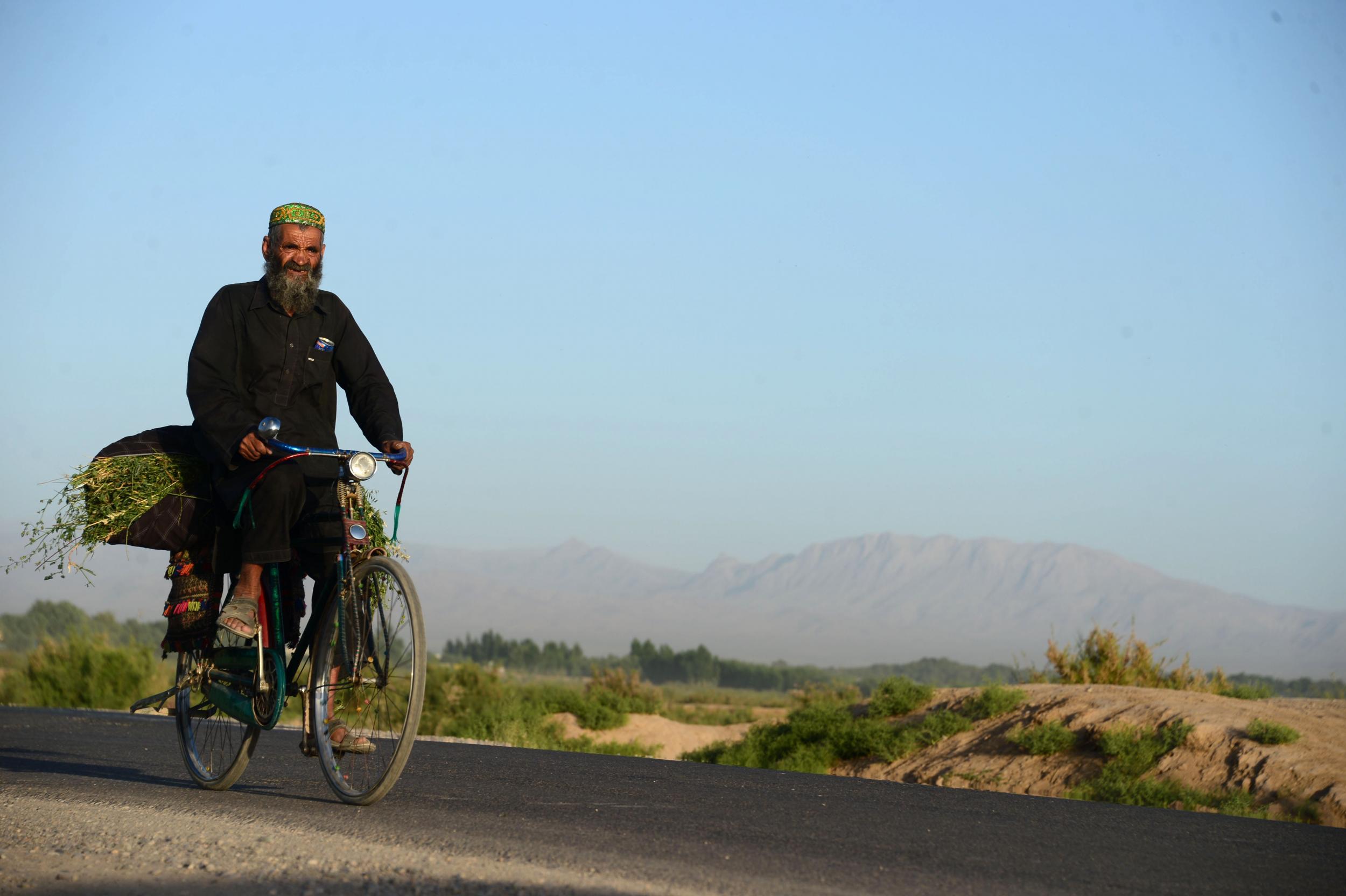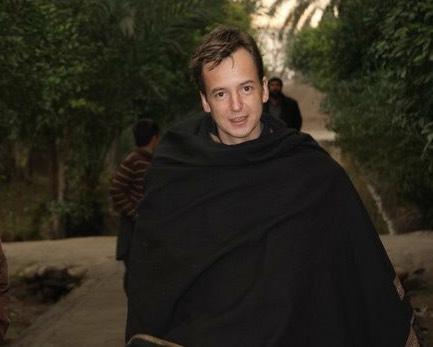From suicide bombers to grenade attacks: What it's like to be a tour guide in Afghanistan
Matthew Leeming spent three years leading tours of Afghanistan – and now he wants to go back

Matthew Leeming might have spent five years taking intrepid tourists to Afghanistan, but above all, he believes in safety.
The key to travelling in these kinds of places, he says, is who you go with. His biggest piece of advice is to never go without a guide, like the Polish-German couple he met in Kabul in 2015, who’d hitchhiked from Tajikistan.
“I told them they were absolutely f***ing nuts, they didn’t know how lucky they were,” he says.
“They said they were planning to go to Talikan next – it fell to the Taliban the following week, and if they were there, they’d definitely have been killed. That’s stupid. But if you’re more sensible, you can go to these countries.”
That said, the first ever tour he organised to Afghanistan back in 2004 didn’t quite go according to plan. He had 10 guests booked onto the trip. Just before the trip was scheduled to start, the minister of tourism who’d helped set up everything up, was assassinated. Only two tourists made the trip in the end. “But they had a great time,” Leeming says.
Travelling with a reputable local is most important when plotting a visit to such an extreme destination, according to Leeming. When he was running tours, his ground handler was Muqim Jamshady, who now runs his own Afghanistan tourism operation, Kabul-based Afghan Logistics.
“We never had any near-misses on our tours because Muqim always checked things out in advance – he’s very responsible and very good at what he does,” Leeming insists.
“Once, we were up in Mazar-i-Sharif near the Oxus River and I thought it’d be rather cool to take the group up to Hairatan and see the river – something that travel writer Robert Byron tried but never managed – but Muqim wouldn’t let us. I think it actually would have been fine but he was very cautious.”
Working with the best people will cost you, he says – but when it comes to extreme travel, you can’t afford to skimp.

So why go to these places at all? For the sights, of course – Leeming waxes lyrical about the beauty of Afghanistan, the pull of Herat and the warm culture of hospitality. But, he admits, it is also for the thrill.
“It’s like Samuel Johnson said: ‘Every man thinks meanly of himself for not being a soldier.’ It’s unbelievably exciting going to places like this. I guess it’s the same reason that people jump out of aeroplanes – you feel really alive.”
How did he end up in Afghanistan in the first place? “I’d been doing an MBA and got a signing bonus from a firm, and thought I’d spend it on something utterly irresponsible.”
It was early September 2001, and next thing you know, he was in Afghanistan, sharing a B&B with “two monosyllabic men from Morocco”.
“I thought they were bloody rude,” he says. A week later, he found out who they’d been, he says: two of Osama bin Laden’s kamikaze fighters, who’d blown themselves up to kill General Ahmad Shah Massoud, commander of the Afghan anti-Taliban forces, a few days before 9/11.
It was an eventful start to what would become five years in Afghanistan for Leeming, during which – as well as writing for The Spectator – he began to run tours. But it wasn’t exactly a huge income stream – he had about 20 clients over a period of three years, from 2004-2006.
“Travelling to this kind of place sounds scarier than it actually is,” he reckons. “Most wars are very localised. Away from the front, you’ll almost always find areas that are totally safe to visit.”
His Afghanistan tours centred around Bamiyan and Herat – two of the most interesting places in the country, he says, but also the safest. “I don’t think any of my guests were ever scared. If we’d gone down to Kandahar, that would have been a different story.”

Though Leeming admits he got into a couple of scrapes himself during his time in Afghanistan – aside from kipping with suicide bombers and being shot at “a few times”, he once found himself stranded in the Blue Mountains, where lapis lazuli is mined, and had to hire a horse and ride himself back to Pakistan.
Leeming left Afghanistan in 2006, and since then, he says, the situation has deteriorated a lot: “I was in Kabul a year ago and everyone was very freaked out.”
But that hasn’t put him off. He’s looking into a return to Afghanistan, teaming Herat with Mashhad, across the border in Iran. Depending on security, he may tack on a trip to western Afghanistan's Unesco-rated Minaret of Jam. Last year, seven tourists were wounded en route here when their minibus was hit by a rocket-propelled grenade. But, in Leeming’s opinion, chartering a plane there would be much safer.
Leeming now runs a luxury travel company called Globalista, taking tours to the Galapagos Islands with popular science author Steven Pinker and Indonesia’s Wallace Line with Richard Dawkins.
But he’s got plenty more extreme places lined up on his bucket list: first and foremost is Tibesti, in northern Chad, where there are coloured soda lakes like the ones he remembers in Afghanistan. Fifteen years ago, it was a warzone, but now local tour operators are springing up. It’s on the border with Libya, but that won’t deter him.
There are, however, places even he wouldn’t venture into: the Pashtun Belt (straddling Afghanistan and Pakistan) and Syria (“I wouldn’t go anywhere where Isis is”) are on his no-go list.

But he’s more positive than negative (he’d happily visit Sudan), and he isn’t only interested in warzones – now is the perfect time to visit Egypt, he reckons. He’s currently working with archaeologists to arrange a Globalista tour of as-yet-unseen parts of Luxor.
“There are very few places that really are too dangerous just to walk around in,” Leeming claims. He calls the people who compile the Foreign Office guidelines “a bunch of complete old women I wouldn’t rely on in any circumstances” and admits that some of his friends will only visit places on the FCO blacklist.
“I don’t feel I should be encouraging people, but I’d say it can be done if you’re determined and are prepared to take a risk,” he says. “Providing you’re careful, you’ll usually find a way of visiting.”
While we’d certainly pause before recommending a holiday in Afghanistan, here are Leeming’s top tips for visiting more extreme countries.
Filter out the loonies
“There are some loonies out there so use your common sense and go on instinct. Ask questions: how many tours have they taken to this particular place, what precautions do they take?”
Make a lot of enquiries
“There will usually be a local NGO security organisation, and seeing where journalists go is a good rule of thumb. Contact foreign correspondents and ask their advice.”
Be prepared to pay
“Visiting safely means being prepared to pay, whether that’s for a good guide, security or transport. Money opens doors and solves most problems. Don’t go it alone.”
Research local customs
“In Afghanistan, the country was divided into a patchwork of places controlled by local commanders. Every time you went to a new area, you’d check in with him and he’d give you a piece of paper with his approval, which you’d take on to the next place. I always travelled like that – always under the protection of a local commander. That was how it worked there, so I’d always try to find the equivalent system for anywhere else.”
Check the lay of the land
“There are always safe parts of a destination – for example I think Puntland in Somalia is absolutely fine. But, equally, plan the route as well as the destination. Most of the problems in Afghanistan are about the roads into places, not the places themselves.”
Join our commenting forum
Join thought-provoking conversations, follow other Independent readers and see their replies
Comments